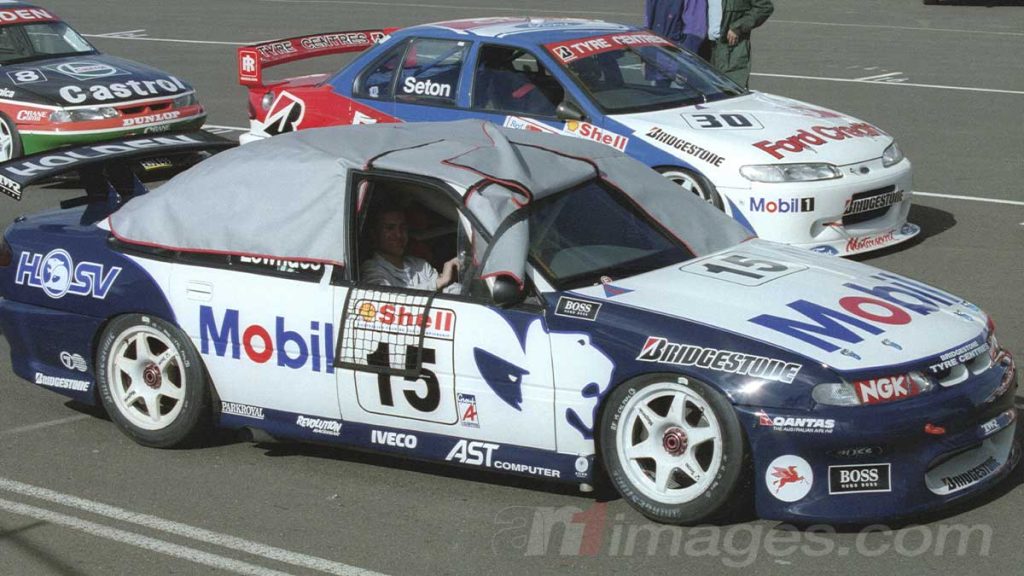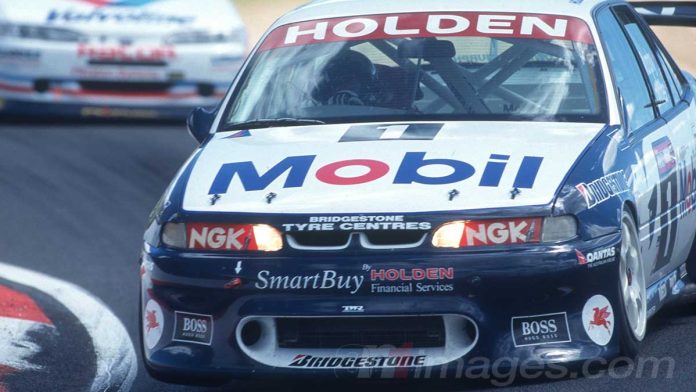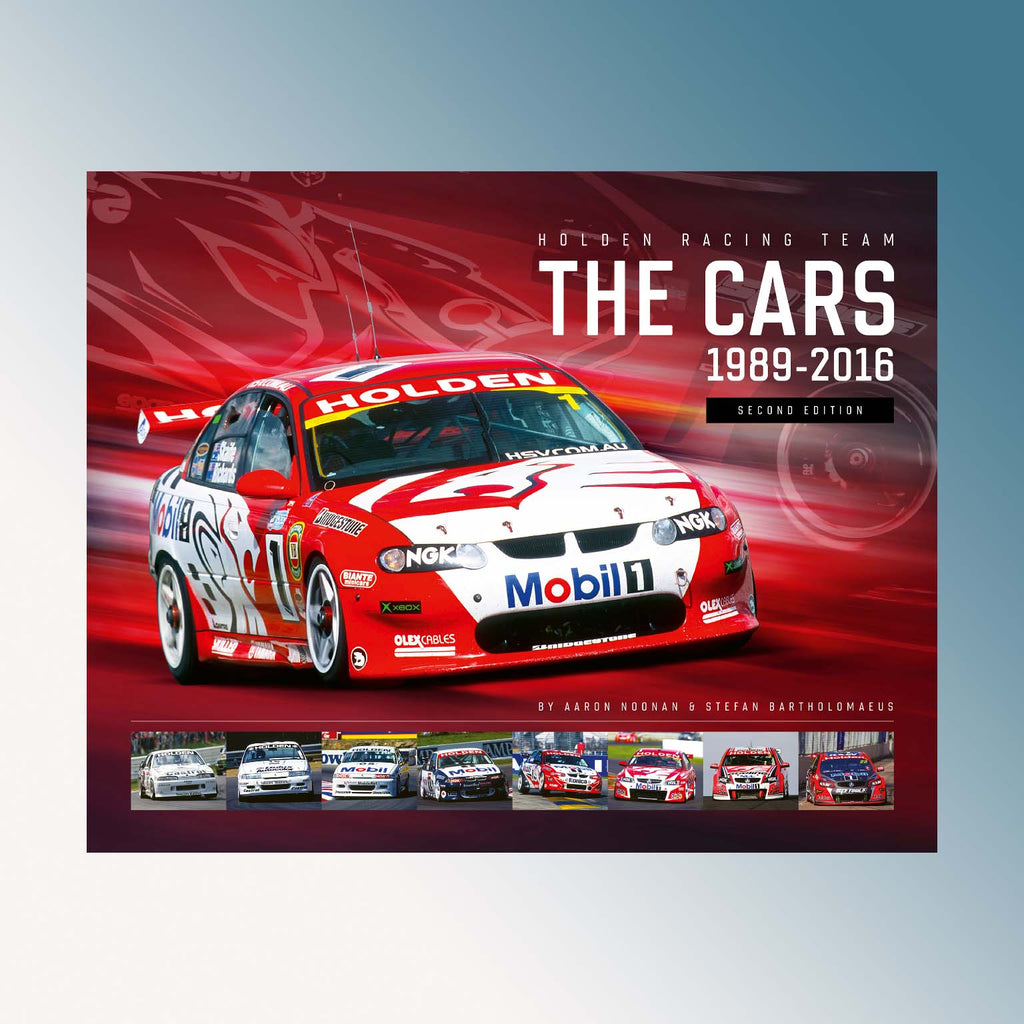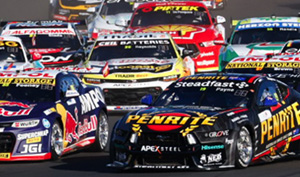A KEY member of the Holden Racing Team during its dominant 1996 season has shared his memories of building the car that claimed all the key silverware.
Australian Formula 1 veteran Chris Dyer shared stories from his career in the latest episode of the Rusty’s Garage podcast, covering his rise from Bendigo to become Michael Schumacher’s engineer at Ferrari for four of his world championship victories.
Dyer’s first stop on that journey was at HRT, becoming a core part of the squad’s young engineering group in the mid-1990s as it built into a powerhouse of Australian touring car racing.
One of the first elements of that rise was chassis HRT 033.
‘Gabrielle’, as the car was nicknamed, was the Holden Commodore VR that Craig Lowndes used to claim the ‘Triple Crown’ in 1996.
Lowndes drove it for the balance of his Australian Touring Car Championship win, then paired with Greg Murphy to win both the Sandown 500 and Bathurst 1000, successes that marked the start of HRT’s reign of dominance.
One of its distinctive characteristics was the ‘Petty Bar’; pioneered by Richard Petty’s team in NASCAR stock car racing, it ran from the top of the main hoop down into the passenger’s footwell.
As controversial as it was successful, Dyer still has fond memories of the car.
“I still remember the bare chassis arriving and spending hours and hours just working on all the tiny details to put it together,” Dyer said on the podcast.
“And then when we finally rolled out, I think it was something that the entire team was super proud of, and we knew we’d kind of moved the goalposts a little bit and taken a step forward.

“I still remember the hype around it the first time we rolled it out. I think it was cold in Melbourne and keeping the thing completely covered up. It was more (gamesmanship) than anything else.
“But that car, it was pretty much the first car that we did in my time at HRT that was kind of from a clean sheet of paper … and the roll cage was just one of the things that was new about it.”
Despite the amount of focus that was bestowed on the Petty Bar, Dyer maintains now that it wasn’t the linchpin of the car’s speed.
“It wasn’t that thing (that was the difference), it was just part of a package,” he added.
“I remember that was an early experience with computer aided design and we went through a process of finite element analysis on that car to really optimize the roll cage, and the Petty Bar was just one part of that whole package.
“If you had a look at that roll cage in terms of what was happening under the dashboard, and across the firewall and how it was linked to the front suspension and the rear suspension, it was a whole package.”
‘Gabrielle’ wasn’t the only car that HRT built with a Petty Bar, but it was the only one that raced with one.
The team was banned from building another car with that bar in it – they had to cut one out of the team’s next chassis, ‘Steffi’, late in its build – but ‘Gabrielle’ was allowed to retain it for the rest of its racing life.
Although HRT argued it made the car safer, the Petty Bar was seen by CAMS as being an obstruction in the event of a driver having to be extricated after a crash.
The chassis’ full history is documented in the book Holden Racing Team: The Cars – 1989 to 2016, the second edition of which is available to buy in the V8 Sleuth Superstore.





